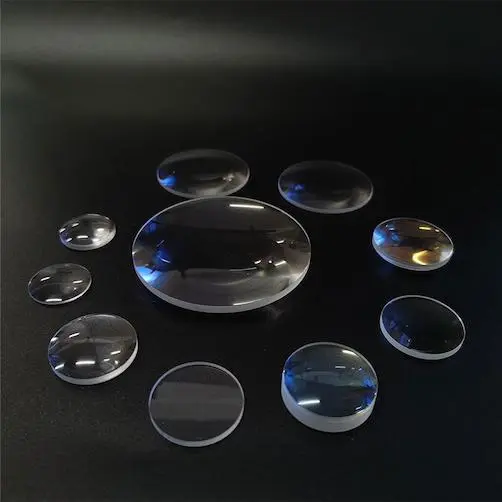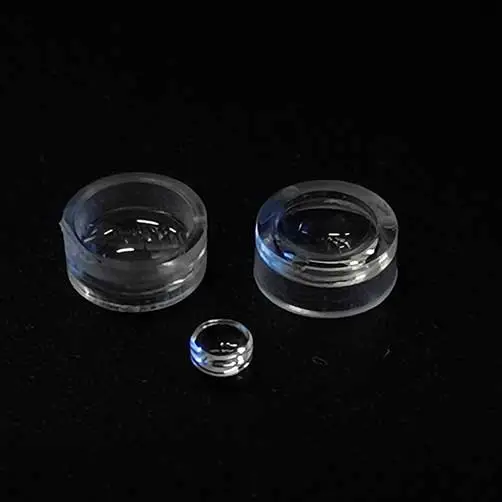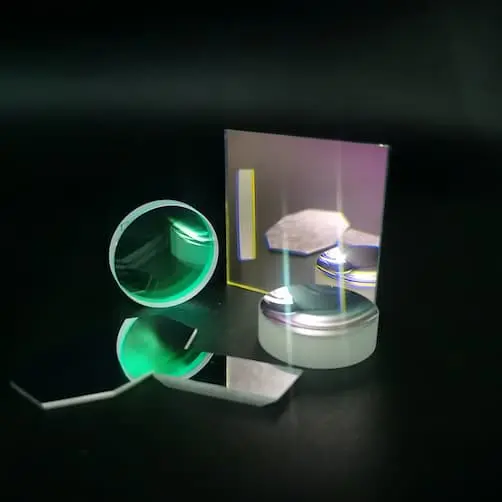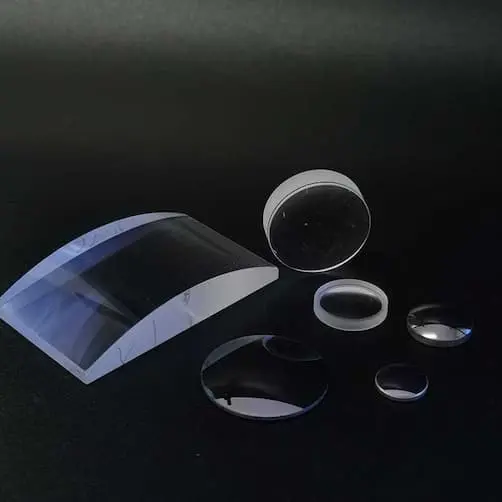
Infrared optics system often has a wide range of working wavelengths. At present, there are not many varieties of infrared transmission materials available for selection. It is very difficult to correct astigmatism, especially chromatic aberration correction. Therefore, non-spherical reflection system or refractive-reflection system is often used in the structure of infrared optics system.
With the continuous expansion of the infrared application range and the continuous development of infrared thermography and other technologies, the reflective objective lens can no longer meet the imaging quality requirements of large scenes and large apertures. Therefore, in recent years, various refractive lenses made of high refractive index and low dispersion crystal materials have been widely used.
Infrared optics system uses infrared detector as the receiving element. In order to improve the detection sensitivity and increase the signal-to-noise ratio, a secondary focusing system (also known as detector optical system) consisting of immersion lens, field lens and light cone, and various optical scanners for optical mechanical scanning are often used in the system. From the design principle, most of the infrared optics systems are designed based on the principles of geometric optics.
In view of the above characteristics, the following principles should be followed in the design of infrared optics system:
Infrared optics system should have good transparency to the working band, that is, high optical transparency efficiency.
Within the allowable range of size, image quality and processing technology, the infrared optics system should make the receiving aperture as large as possible, and at the same time, it should have the largest possible relative aperture to ensure high sensitivity of the system.
Infrared optical system should have strong noise suppression ability, such as using modulation disk as spatial filter. This requires the use of detector optical system, such as field lens, immersion lens and light cone to reduce the size of the detector and improve the signal-to-noise ratio.
The form and composition of the IR optics system should be conducive to fully exerting the effectiveness of the detector, such as rationally using the photosensitive area to ensure high spot uniformity.
The IR optics system and its component parts should be simple to reduce energy loss.
The imaging field of reflection system is not large, but in order to search and imaging for large field of view, various object scanners are introduced; and due to the small area of the receiver, various image scanners are introduced for imaging of infrared optics system with large field of view.
Optical components China, Types of optical prisms, Prism manufacturing



